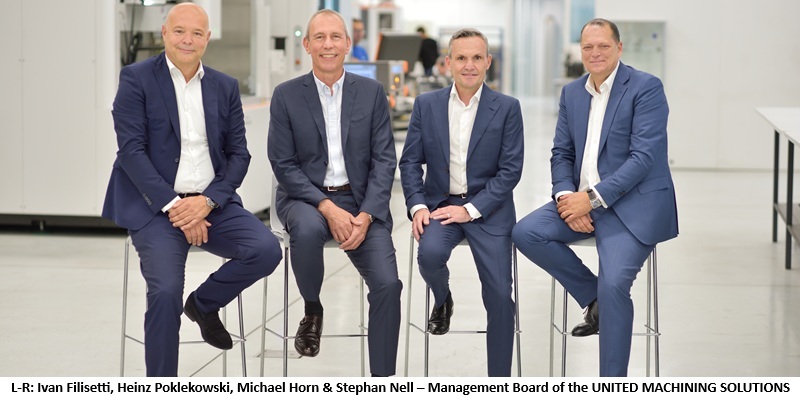Schedule a Call Back
Fluid power market witnessing spur in demand
 Technical Articles
Technical Articles- Nov 01,17

Related Stories
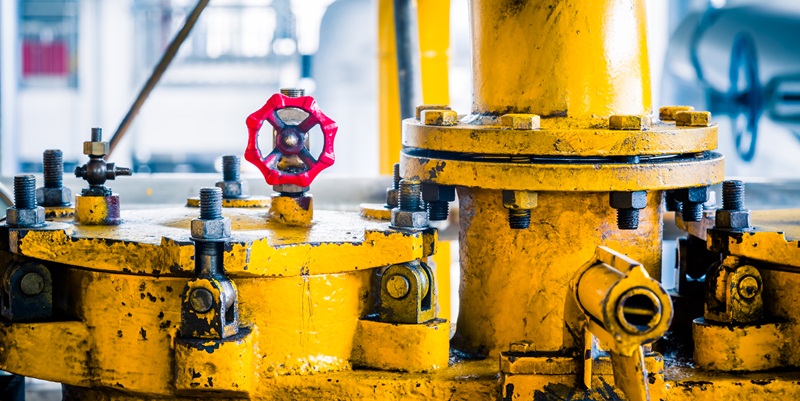
Global hydraulics market thrusts upward
Infrastructure development remains one of the most significant growth drivers for the hydraulics market. Governments and private sectors worldwide are investing heavily in urbanisation, smart cities..
Read more
John Cockerill and Electro Pneumatics sign JV to strengthen India’s defence system
The JV will focus on manufacturing, assembling, and commissioning turrets for the Indian Army’s Indian Light Tank (I.L.T) program, a critical initiative aimed at enhancing India’s defence capabi..
Read more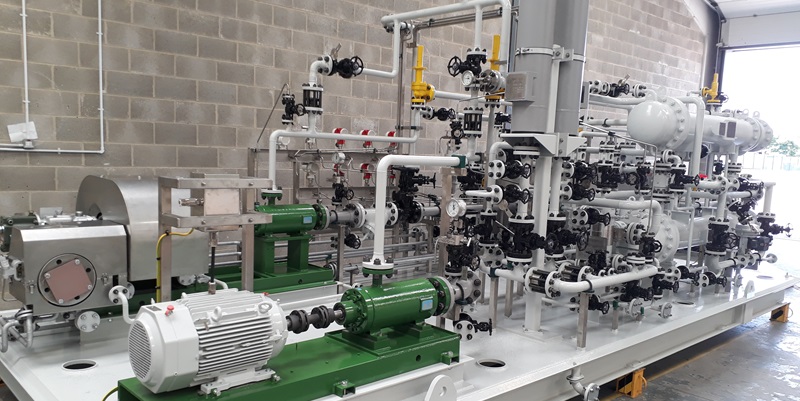
Celeros’s Plenty Triro pumps deliver optimum oil performance
The axial pulse-free pumping action used by the Plenty Triro means there are no pulsing hydraulic shock characteristics.
Read moreRelated Products

Baling Machine
Mask Hydraulic Machineries provide triple action scrap baling machines. Read more
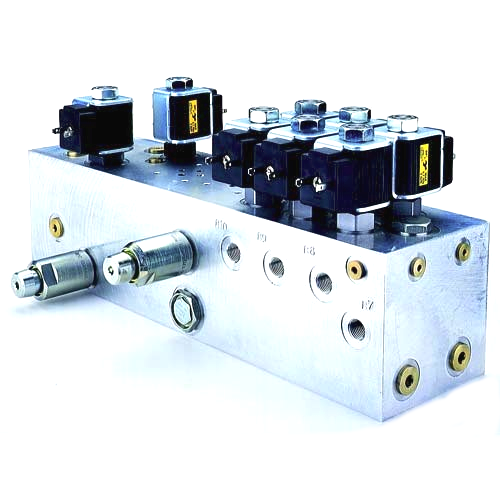
Manifold Block
Om Shakthi Hydraulics offers a wide range of hydraulic manifold blocks. Read more
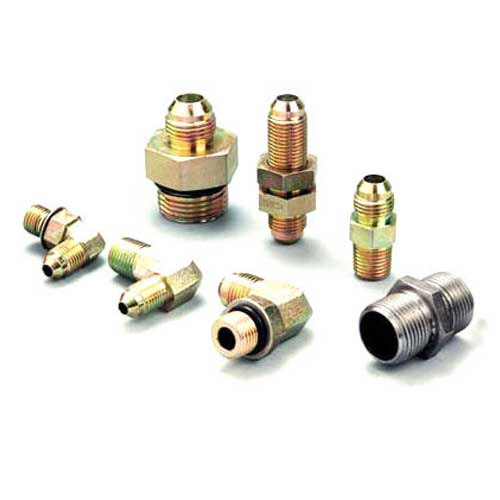
Exclusive Hydraulic Fittings
Supreme Engineers is engaged in manufacturing and supplying an exclusive range of hydraulic fittings. Read more







